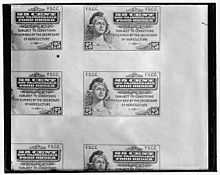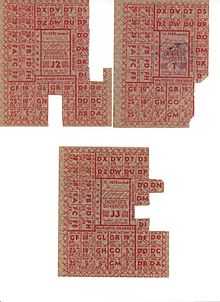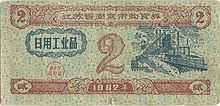Ration stamp





A ration stamp or ration card is a stamp or card issued by a government to allow the holder to obtain food or other commodities that are in short supply during wartime or in other emergency situations. Ration stamps were widely used during World War II by both sides after hostilities caused interruption to the normal supply of goods. They were also used after the end of the war while the economies of the belligerents gradually returned to normal.
India
Ration cards have been an important part of the Public Distribution System (PDS) in India. On the basis of their economic condition, people can buy goods like food grains, sugar and kerosene with the help of their ration cards.
They are three types of ration card:
- Antyodaya ration cards, issued to the poorest of the poor.
- Below Poverty Line (BPL) cards.
- Above Poverty Line (APL) cards.
The United States
Rationing was used in the United States during World War II.
Government funds provided to poverty stricken individuals by the Supplemental Nutrition Assistance Program are often referred to colloquially as "food stamps".
The United Kingdom
Rationing was widespread in the United Kingdom during World War II and continued long after the end of the war. It has been credited with greatly increasing public health. Fuel rationing did not end until 1950.[1]
See also
| Wikimedia Commons has media related to Ration stamps. |
References
- ↑ "1950: UK drivers cheer end of fuel rations". BBC. 26 May 1950. Retrieved 2009-03-27.